-
Welcome to Tacoma World!
You are currently viewing as a guest! To get full-access, you need to register for a FREE account.
As a registered member, you’ll be able to:- Participate in all Tacoma discussion topics
- Communicate privately with other Tacoma owners from around the world
- Post your own photos in our Members Gallery
- Access all special features of the site
255/85 R16 Owners Experience
Discussion in 'Wheels & Tires' started by rsbmg, May 8, 2011.
Page 19 of 259
Page 19 of 259


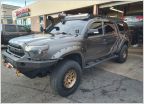 Saving weight vs looks
Saving weight vs looks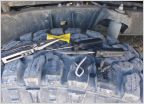 Poked a hole in my new Duratrac! Right thru the rubber lug! (plugged FTW)
Poked a hole in my new Duratrac! Right thru the rubber lug! (plugged FTW)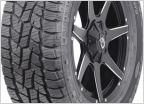 NEED TIRES
NEED TIRES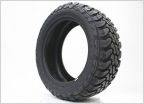 Toyo Open Country M/T Weight
Toyo Open Country M/T Weight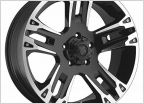 Wheel Offset Question
Wheel Offset Question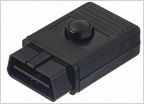 Schrader TPM reset tool
Schrader TPM reset tool